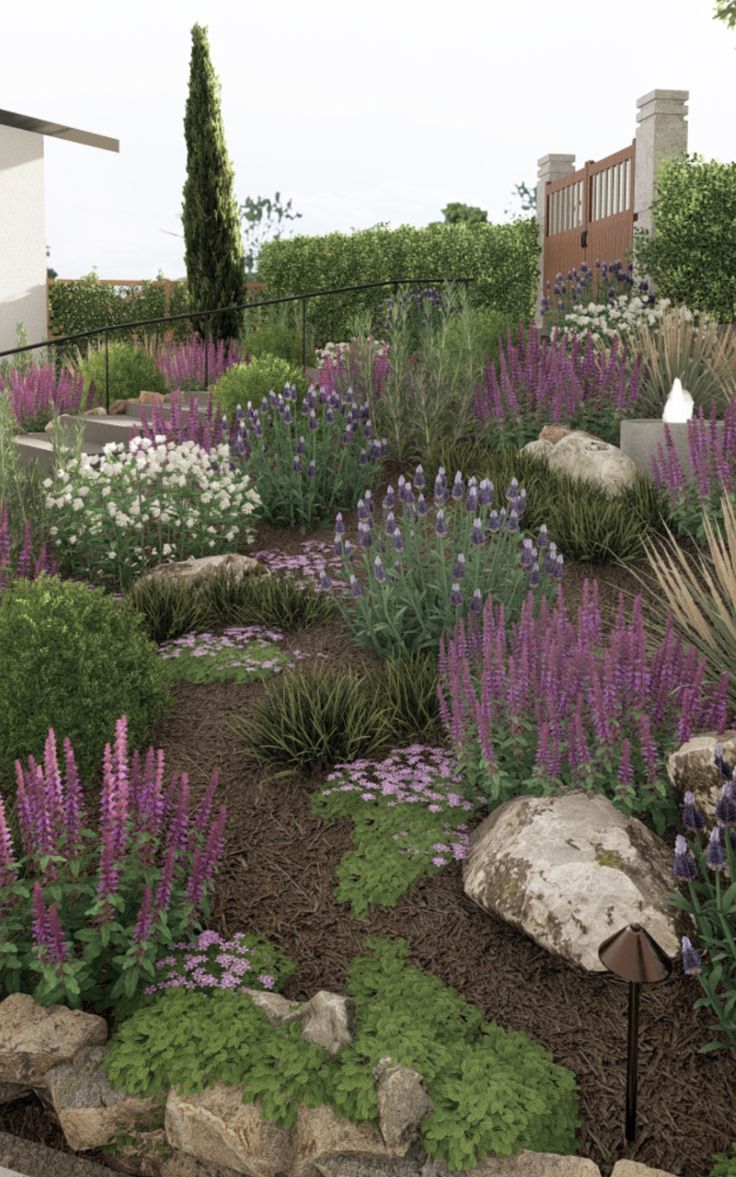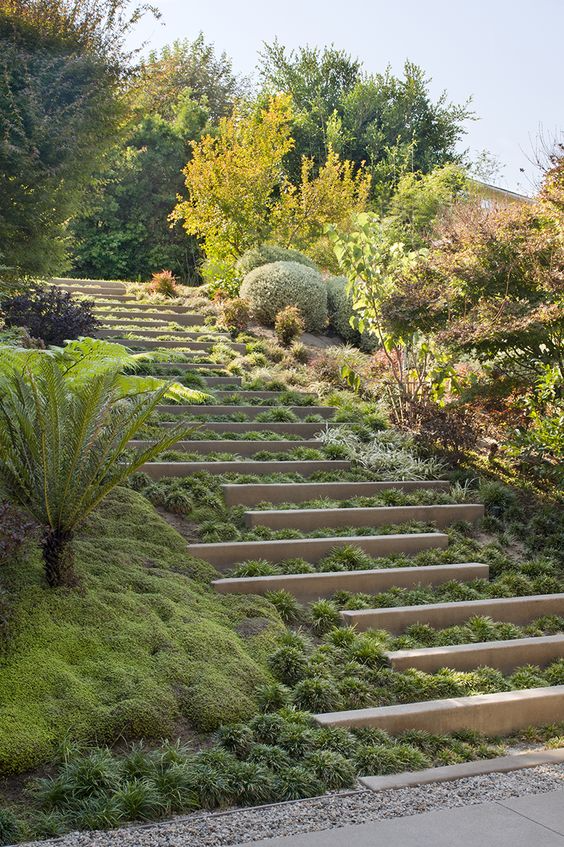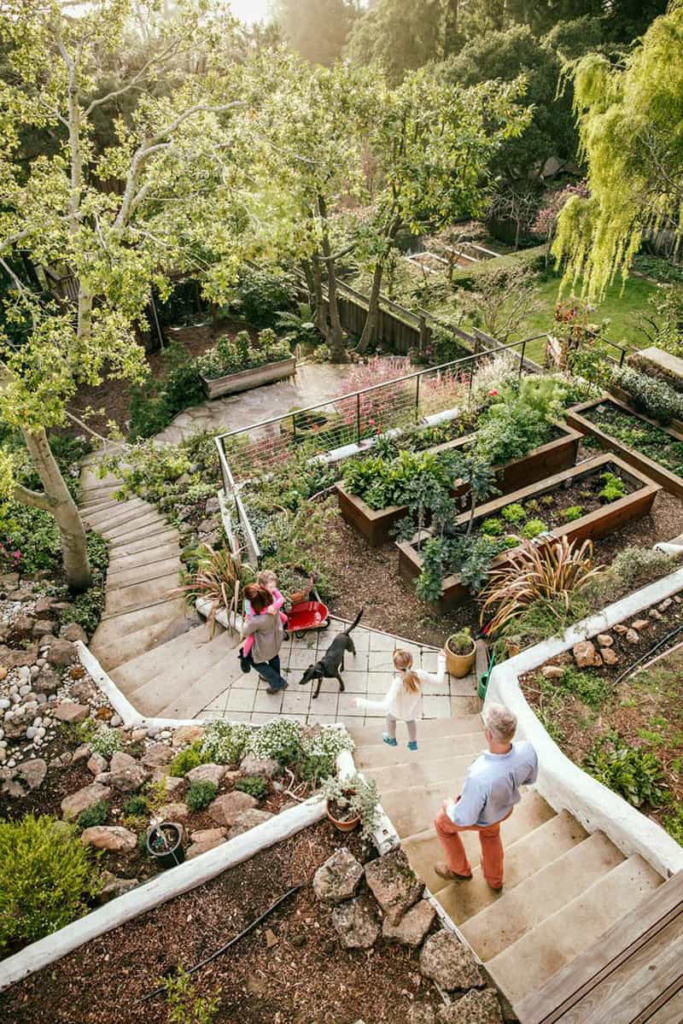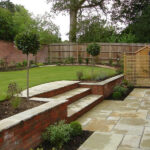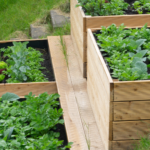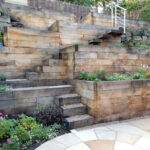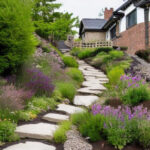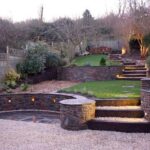When working with a garden on a slope, there are both challenges and opportunities to consider in the design process. One of the first considerations is how to prevent erosion. One effective method is to plant ground cover plants, such as creeping thyme or vinca, to stabilize the soil and prevent it from washing away during heavy rainfall. These plants also add visual interest and can help create a cohesive look throughout the garden.
Incorporating terraced beds is another effective way to work with a sloped garden. By creating flat areas with retaining walls or raised beds, you can maximize planting space and create distinct areas for different types of plants. This not only helps with erosion control but also adds depth and interest to the overall design. Consider using materials that complement the natural surroundings, such as stone or wood, to create a cohesive look.
Another important aspect of designing a garden on a slope is the selection of plants. Different areas of the garden may receive varying amounts of sunlight and water, so it is important to choose plants that are well-suited to these conditions. Plants that are drought-tolerant and can thrive in rocky or sandy soil are often ideal for sloped gardens. Consider incorporating a mix of shrubs, perennials, and ground covers to create a diverse and visually appealing landscape.
Incorporating pathways and steps into the garden design can help create easy access to different areas of the garden and mitigate the effects of the slope. Consider using natural materials like gravel or stepping stones to create paths that blend seamlessly into the landscape. Steps can be constructed from materials like stone or wood and can help create a sense of movement and flow throughout the garden.
When designing a garden on a slope, it is important to consider the overall aesthetics and functionality of the space. Take into account the views from different areas of the garden and consider how to maximize these views. Additionally, consider how the garden will be used – whether for entertaining, relaxing, or growing vegetables – and tailor the design to suit these needs. By carefully considering all aspects of the garden, you can create a beautiful and functional space that works with the natural topography of the land.
